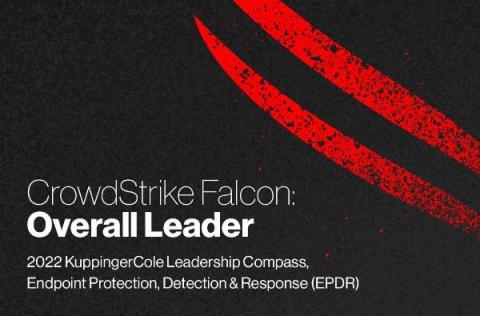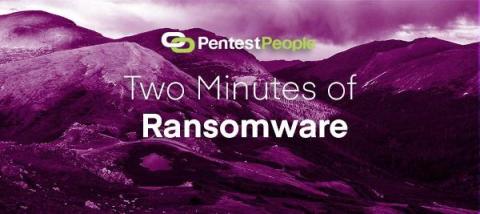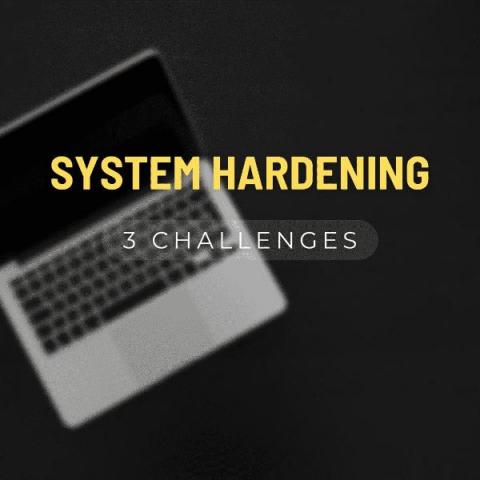CrowdStrike Named an Overall Leader in 2022 KuppingerCole Leadership Compass for EPDR Market
CrowdStrike is proud to announce its recognition as an Overall Leader with the highest rating in the 2022 KuppingerCole Leadership Compass for vendors in the Endpoint Protection, Detection & Response (EPDR) market. The Overall Leadership ranking provides a combined view of ratings across Product, Innovation and Market Leadership categories. Our acknowledgement as an Overall Leader in this report underscores CrowdStrike’s continued leadership in EPDR and commitment to EPDR innovation.










